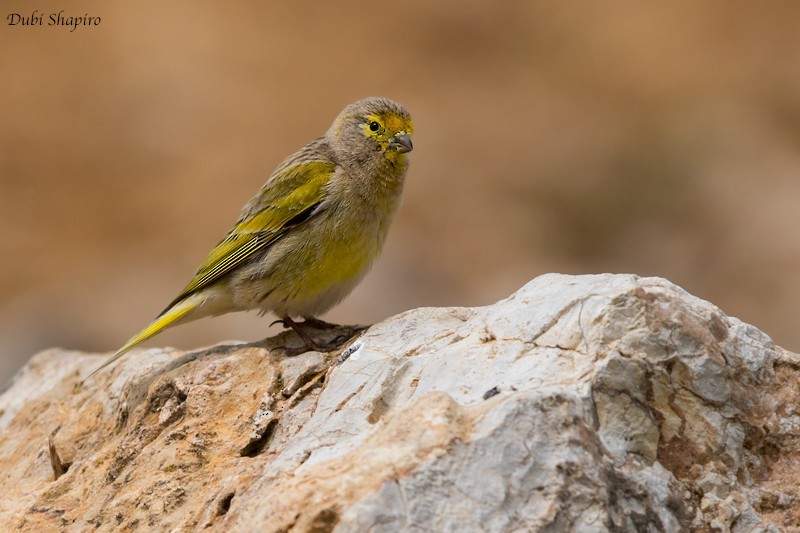Syrian Serin
A species of Eurasian Serins and Canaries Scientific name : Serinus syriacus Genus : Eurasian Serins and Canaries
Syrian Serin, A species of Eurasian Serins and Canaries
Botanical name: Serinus syriacus
Genus: Eurasian Serins and Canaries
Content
Description General Info
 Photo By Dubi Shapiro
Photo By Dubi Shapiro Description
The Syrian serin is prettily coloured with bright yellow and pale grey feathers. The eyes are large and are surrounded by a bright yellow ring. The beak is grey and the legs are pale pinkish-grey. It has a long trilling call, and may also chirp and twitter. 
Size
14 cm
Nest Placement
Shrub
Feeding Habits
Syrian Serin primarily consumes a variety of seeds, notably from canary grass and fruiting perennials, and insects. These birds forage alone or in pairs on the ground and in vegetation, often near water, and form large flocks during non-breeding season, occasionally mingling with Carduelis carduelis.
Habitat
The syrian Serin inhabits open woodlands and bushy slopes that consist largely of coniferous trees such as cedar, pine, fir, and juniper, as well as deciduous-conifer mixes including oak and fruiting trees. Its territory extends to orchards and is characterized by sparse vegetation. Outside the breeding season, the syrian Serin can be found in lower altitude acacia and thorn-scrub areas, vegetated wadis, Artemisia steppe regions with dwarf shrubs, and along the edges of cultivated lands, requiring daily access to water.
Dite type
Granivorous
General Info
Feeding Habits
Bird food type
Distribution Area
Syrian serins breed in Syria, Lebanon, Israel and Jordan, at altitudes of between 900 and 1,900 metres. The population in Jordan makes local movements in winter, but the birds of Lebanon, Israel and Syria migrate to wintering grounds in Egypt, Turkey and Iraq. They inhabit rocky areas with oak and conifer shrubs or trees and frequent grasslands and fields feeding mainly on the seeds of annuals and grasses. In Southwestern Jordan, its main diet during winter is the seeds of Artemisia. 

 Photo By Dubi Shapiro
Photo By Dubi Shapiro